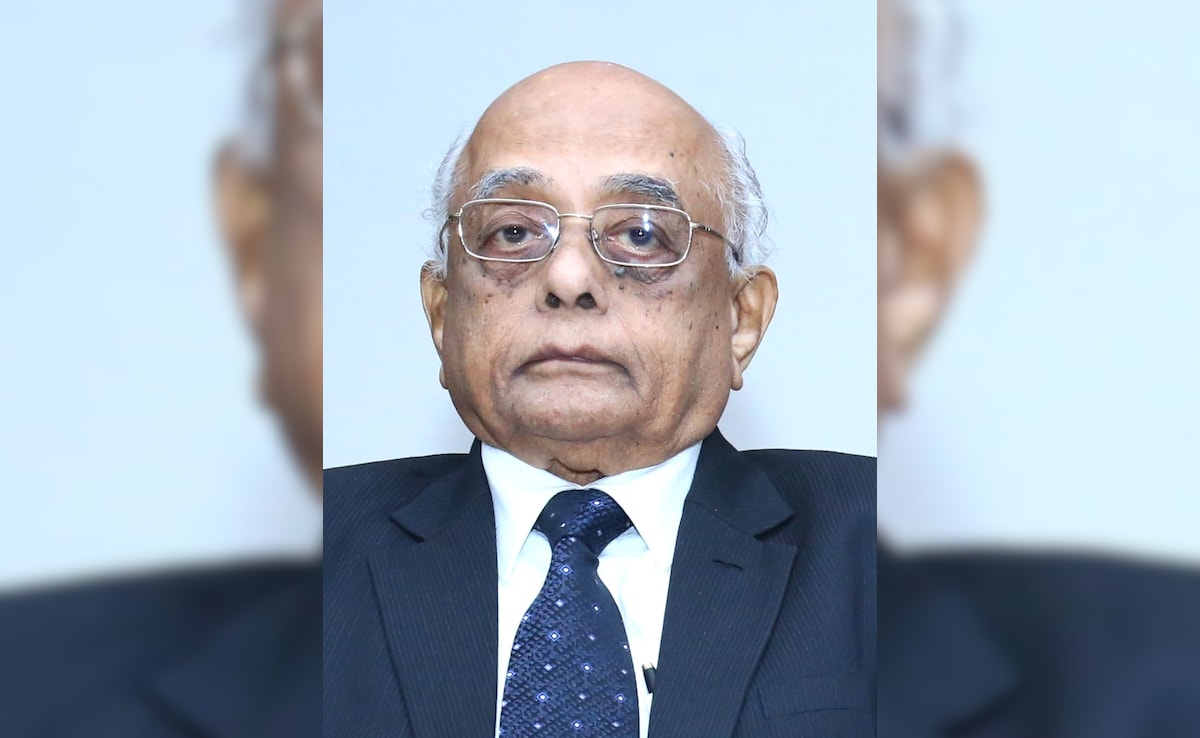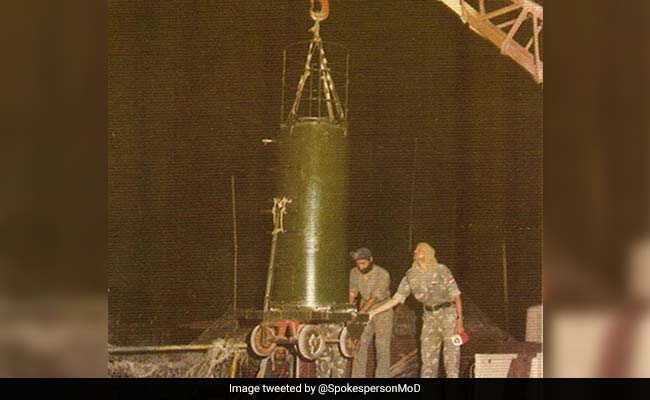
Legendary Indian nuclear scientist Dr R Chidambaram died this morning in Mumbai at the age of 88. He was a key player in both of India’s atomic explosions at Pokhran in 1974 and 1998. He served as the Chairman of India’s Atomic Energy Commission and later became the Principal Scientific Adviser to the Government of India. He was awarded the Padma Vibhushan for his stellar contributions to making India a nuclear weapons state. A nuclear physicist by training, he was known for his brevity, genteel manner, and discretion in safeguarding national secrets.
He headed the nuclear component of the 1998 Operation Shakti at Pokhran, making him one of the rare atomic scientists who contributed to both Smiling Buddha in 1974 and Operation Shakti in 1998.
Reflecting on his passing, Secretary of the Department of Atomic Energy Dr Ajit Kumar Mohanty stated, “Dr Chidambaram was a doyen of science and technology whose contributions furthered India’s nuclear prowess and strategic self-reliance. His loss is an irreparable one for the scientific community and the nation.”

In 1974, when India secretly transported the plutonium used in the atomic blasts, Dr Chidambaram reportedly sat on the protected chest carrying the ‘plutonium ball’ as it was transported from Mumbai to Pokhran. He is also believed to have coined the term ‘peaceful nuclear explosion’ for the 1974 Pokhran test. For his role in the atomic blasts, he was denied a visa to enter the United States of America, as the Department of Atomic Energy was under sanctions at that time. In 1998, as head of the atomic establishment, he oversaw five atomic explosions that declared India a nuclear weapons state. That year, he was seen at the Pokhran range standing alongside Prime Minister Atal Bihari Vajpayee.
A firm believer in self-reliance-later called Atmanirbharta – Dr Chidambaram strongly opposed reliance on imported technology. He once told NDTV’s Pallava Bagla, “When one imports technology, one only gets obsolete technology, as no country seeks to share cutting-edge, state-of-the-art technical breakthroughs.”
R. Chidambaram, who has just passed away, was one of the titans of science and technology in India for well over five decades.
He had a pivotal role in Pokhran-1 in May 1974 and was central to Pokhran-2 in May 1998. Between 2002 and 2018 he was Principal Scientific Adviser to… pic.twitter.com/Vtv5JOVOQW
— Jairam Ramesh (@Jairam_Ramesh) January 4, 2025
His autobiography, India Rising, highlights his leadership in designing and executing the peaceful nuclear explosion experiment at Pokhran in 1974. It also documents his leadership of the Department of Atomic Energy (DAE) team that designed the nuclear devices for the 1998 Pokhran tests in cooperation with the Defence Research and Development Organisation (DRDO).
In a statement, the Department of Atomic Energy said: “Dr Rajagopala Chidambaram, an eminent physicist and one of India’s most distinguished scientists, passed away this morning (4 January 2025) at 3:20 am. Dr Chidambaram’s unparalleled contributions to India’s scientific and strategic capabilities and his visionary leadership in science and technology will forever be remembered.”
Dr Chidambaram held numerous prestigious roles throughout his illustrious career, including Principal Scientific Adviser to the Government of India (2001-2018), Director of the Bhabha Atomic Research Centre (1990-1993), Chairman of the Atomic Energy Commission, and Secretary to the Government of India, Department of Atomic Energy (1993-2000). He was also the Chairman of the Board of Governors of the International Atomic Energy Agency (1994-1995) and a member of the IAEA’s Commission of Eminent Persons, contributing to the organisation’s vision for 2020 and beyond.
Dr Chidambaram played a pivotal role in shaping India’s nuclear capabilities. He was integral to the nation’s first nuclear test in 1974 and led the Department of Atomic Energy team during the Pokhran-II nuclear tests in 1998, firmly establishing India as a nuclear power on the global stage.
As a world-class physicist, Dr. Chidambaram’s research in high-pressure physics, crystallography, and materials science significantly advanced the scientific community’s understanding of these fields. His pioneering work laid the foundation for modern materials science research in India.
Born in 1936, Dr Chidambaram was an alumnus of Presidency College, Chennai, and the Indian Institute of Science, Bengaluru.
Dr Chidambaram was a visionary leader who believed in the power of science and technology to drive national development. He championed initiatives in areas such as energy, healthcare, and strategic self-reliance, and he steered numerous projects that significantly advanced India’s science and technology landscape. He was instrumental in initiating India’s indigenous development of supercomputers and conceptualising the National Knowledge Network, which connected research and educational institutions across the country.
An ardent advocate of applying science and technology to national development, Dr Chidambaram established programmes such as the Rural Technology Action Groups and the Society for Electronic Transactions and Security. He also emphasised ‘Coherent Synergy’ in India’s scientific efforts.
In recognition of his exceptional contributions, Dr Chidambaram was honoured with prestigious accolades, including the Padma Shri in 1975 and the Padma Vibhushan in 1999. He received honorary doctorates from several universities and was a fellow of eminent Indian and international science academies.
Dr. Chidambaram will be remembered as a trailblazer, an inspirational leader, and a dedicated mentor to countless scientists and engineers. His life’s work propelled India to the forefront of global science and technology, and his legacy will continue to inspire generations.



